

Engage prospects with a scan and streamline customer engagement with FREE QR code marketing tools by Sona – no strings attached!
Create a Free QR CodeFree consultation

No commitment

Engage prospects with a scan and streamline customer engagement with FREE QR code marketing tools by Sona – no strings attached!
Create a Free QR CodeFree consultation

No commitment
QR codes have become a powerful bridge between offline engagement and online action in today’s digital age. For patio repair services businesses, missing out on potential leads often happens when homeowners and facility managers view printed ads or signage but never follow through with a call or form. QR codes offer a direct solution: a quick scan seamlessly connects prospects to trusted professionals, repair guides, or booking forms, removing friction and increasing conversions. For strategy inspiration, see Sona QR’s guide to QR codes in marketing.
The nature of patio repair, from inspections to maintenance, means every flyer, branded vehicle, or yard sign presents a valuable touchpoint for digital engagement. Many businesses remain unaware of who interacts with physical assets, losing high-value prospects who never enter their sales pipeline. QR codes make these interactions trackable and actionable, turning fleeting interest into data-driven follow-ups.
By implementing smart QR code strategies, patio repair businesses can boost appointment bookings, capture more qualified leads, and attribute revenue to specific marketing actions. This approach replaces guesswork with real-time data, enabling homeowner education, upsell opportunities, and a better understanding of the full customer journey from initial discovery to project close.
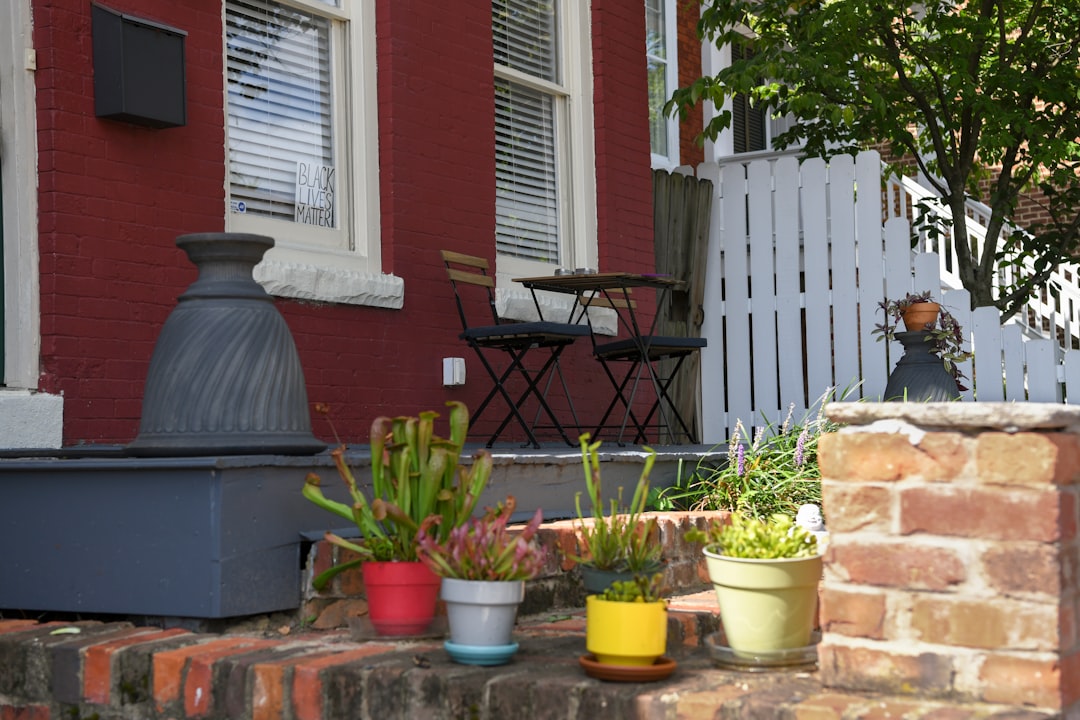
Many patio repair businesses struggle to capture all potential leads, particularly when high-intent prospects interact with physical marketing but never call or fill out a web form. QR codes bridge this gap between physical touchpoints such as flyers, van decals, and signage and digital actions such as booking an appointment or requesting an estimate. By deploying QR codes, businesses reduce missed opportunities and manual data entry while improving engagement and reducing the risk of valuable prospects remaining untracked. Explore practical QR code marketing strategies to streamline these flows.
Analog processes are often the culprits behind drop-off. Paper estimate request forms, printed brochures with long URLs, and generic voicemail inboxes force customers to do extra work at the exact moment their interest peaks. Replacing those steps with QR-enabled flows gives homeowners a low-friction path to take action.
Modern QR platforms like Sona QR support end-to-end execution. You can create dynamic codes, integrate with scheduling tools, pass scans into your CRM, and update destinations without reprinting. For capabilities and examples, see Sona QR’s product overview.
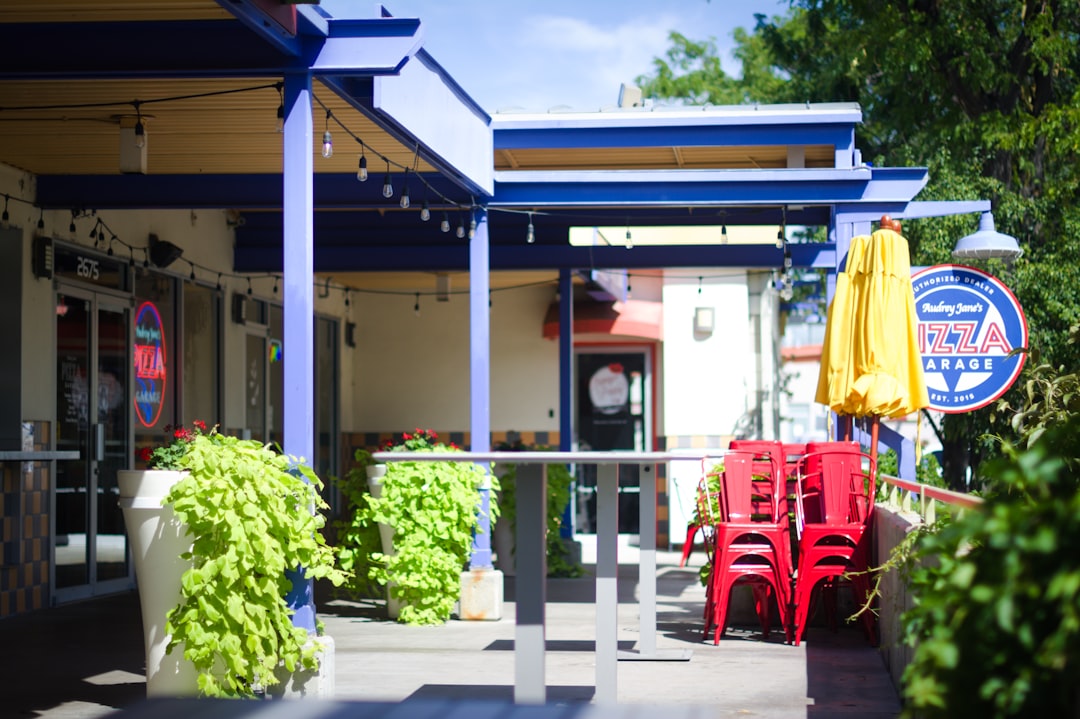
Patio repair services often face limited visibility into who is interested or engaging with their brand, especially when potential leads never submit a form or call. This lack of insight means many qualified prospects remain unknown and unpursued, causing lost revenue opportunities. QR codes address this by connecting the dots between offline interest and online action in a simple, device-native way.
Homeowners want speed and clarity when they spot a company at a jobsite, pass a branded truck, or receive a door hanger. Asking them to remember a URL or call later introduces friction. A QR code reduces that friction to a single scan, making it more likely that curiosity turns into a booked inspection or estimate request.
Technological advances now help patio repair companies identify anonymous visitor activity and funnel those signals into retargeting or personalized follow-up. For deeper strategy, see Sona’s blog post The Essential Guide to Account Identification. While privacy and consent must be respected, responsible data use means every interested homeowner can be recognized and converted with helpful, relevant communication.
Patio repair companies do not need a one-size-fits-all approach. QR codes can be configured in formats that match specific goals, environments, and homeowner needs. Selecting the right format ensures the scan leads to a logical, high-value next step.
Dynamic codes are particularly helpful in this vertical because services, pricing, and promotions change seasonally. Where a static code would go stale, a dynamic code lets you update destinations in seconds without replacing vehicle wraps, signs, or brochures.
Use static codes when the destination will never change, such as a downloadable PDF of a maintenance checklist. Use dynamic codes for campaigns you plan to tune or for anything you want to measure and attribute.
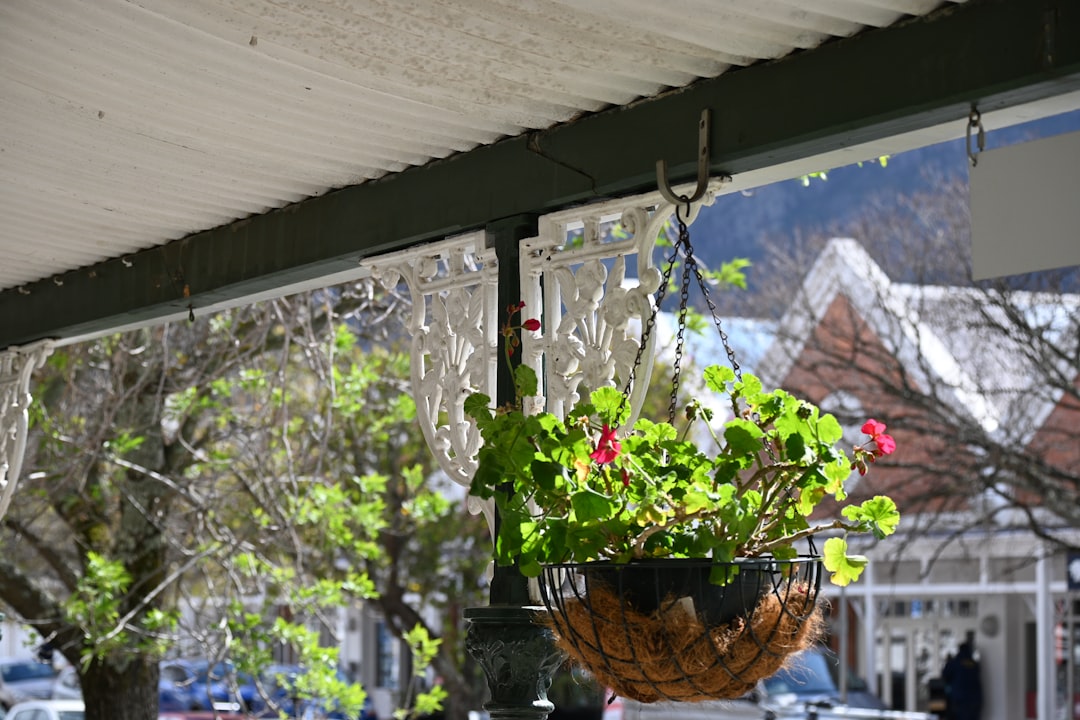
Many patio repair firms invest in print and field outreach but struggle to tie these efforts to tangible lead growth. Untracked touchpoints such as drive-by vehicle branding or unmeasured event handouts often mean potentially high-value actions never make it into sales workflows. Identifying growth opportunities starts with mapping your offline exposure and adding QR paths to the next digital step. For OOH context, review how brands use QR in outdoor ads to drive engagement.
Think about where your ideal customers spend time and what information would help them. Then design QR placements that answer those needs in context. The goal is to make the right action easy to take in the exact moment interest arises.
When strategic QR placements are tracked and measured, companies finally see which physical marketing investments contribute directly to qualified leads and booked projects. That visibility makes it easier to double down on what works and retire what does not.

Patio repair teams frequently miss high-value opportunities when interested prospects review a brochure, sign, or vehicle but never take the next step. QR codes make these moments actionable by removing guesswork and encouraging one-tap decisions. The best use cases map to real customer questions like cost, timelines, materials, and trust signals.
Design each use case with an obvious benefit to the scanner, and keep the destination mobile-friendly. Clear calls to action and short paths to completion are essential to convert micro-moments into revenue.
By addressing conversion drop-off and untracked engagement at each touchpoint, QR applications foster a seamless, data-driven prospect journey that maximizes marketing effectiveness.
An ongoing challenge for patio repair services is building accurate follow-up lists because many prospects engage anonymously or outside digital channels. By associating each scan with a specific channel and action, you can transform one-off scans into persistent audience segments that drive targeted nurturing and remarketing. For targeting ideas, see Sona’s Playbook Intent-Driven Retargeting.
Segmentation matters because homeowners and property managers have different needs. A quick scan at a jobsite sign implies a different level of intent than a scan of a pricing sheet or warranty card. Align each QR destination with a clear next step and track the context to tailor your message.
When the journey from scan to conversion is tracked, companies improve sales productivity and marketing ROI by delivering the right message to the right homeowner at the right time.
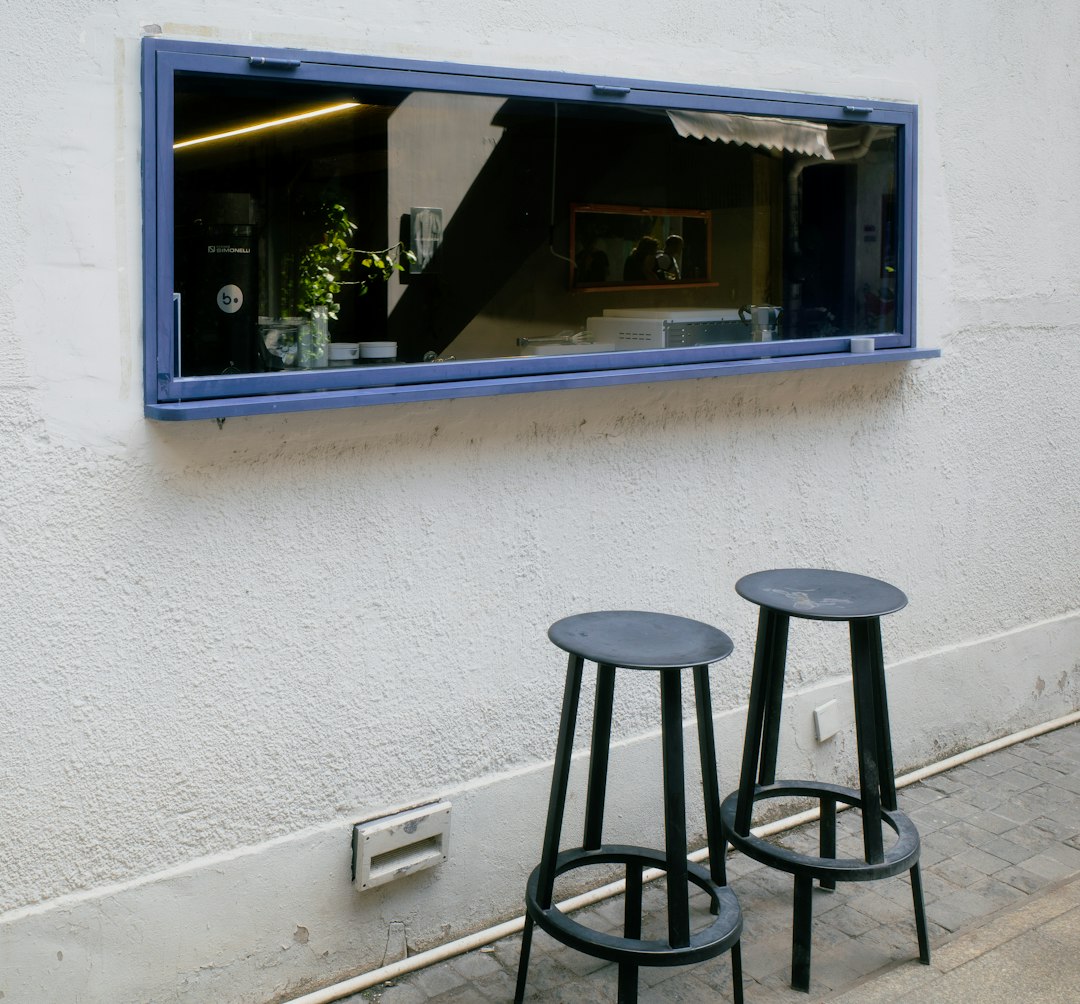
Patio repair marketers often struggle to connect print, digital, and in-person outreach into a unified customer journey. Without integration, teams waste spend and lose follow-up opportunities. QR codes act as a unifying thread across channels, pulling engagement signals into your systems in real time.
Treat QR codes as on-ramps to a consistent, branded experience. Keep design and messaging cohesive so that a homeowner who scans a mailer receives the same tone and promise as one who scans a yard sign or expo banner.
QR codes serve as the offline on-ramp to your digital marketing engine. With a centralized platform like Sona QR, you can manage codes, monitor performance, and sync scan data with your CRM and ad platforms to power coordinated, multi-channel measurement.
Patio repair companies often launch QR initiatives but encounter disjointed data, untracked conversions, or poor placements. A structured approach prevents those issues, aligns your team on a shared objective, and creates clean data for optimization. Treat each campaign like a testable hypothesis with a clear outcome and measurement plan.
The following five steps will help you go from idea to revenue while maintaining control over design, placement, and analytics. Use them to roll out your first QR campaign or to standardize a process you can scale.
For many patio repair teams, it is difficult to tie marketing efforts to revenue, especially when interest begins anonymously and spans multiple channels. Effective QR strategies change that. When each scan creates a measurable event, you can attribute appointments, quotes, and closed projects to specific physical placements and messages.
The shift from guesswork to data helps you budget confidently. Rather than relying on anecdotal feedback, you can show which vehicles, neighborhoods, and offers contribute to pipeline. You can also identify underperforming assets quickly and reallocate spend. For a deeper framework, read Sona’s blog post The Importance of Accurate Revenue Attribution.
Modern tools like Sona QR and Sona.com automate data capture and attribution so patio repair marketers can prove impact and continuously improve. Over time, your team can build benchmarks for scan volume, scan-to-book rate, and scan-to-revenue conversion by channel and neighborhood.
After initial adoption, many businesses plateau because they do not personalize, measure, or act on QR data. Sustained performance requires a rhythm of testing and iteration. The more your codes are tied to clear benefits, the more likely homeowners are to scan and convert.
Make the experience delightful. Use short, plain-language CTAs, show value immediately after the scan, and keep forms lean. Train your crews to mention the QR benefit at the jobsite and to leave behind materials that prompt a scan for reviews or referrals.
A data-driven, customer-centric approach turns every physical interaction into a launchpad for stronger relationships and continuous growth. As you compound learnings about what your buyers respond to, QR becomes a dependable lever for both acquisition and retention.
Smart, customer-focused QR code strategies give patio repair services a measurable advantage by turning offline engagement into high-quality digital leads and revealing which marketing tactics drive results. With advanced analytics connecting each scan to pipeline and revenue, businesses gain clear visibility and control over acquisition and retention. By adding QR codes to key moments where interest is highest and integrating scan data into existing workflows with platforms like Sona QR and Sona.com, patio repair businesses unlock new growth opportunities that translate to stronger customer loyalty, better ROI, and lasting market share. Start creating QR codes for free.
QR codes have transformed patio repair services from simple job orders into dynamic, measurable growth opportunities. Whether it’s streamlining customer acquisition, enhancing client engagement, or providing instant access to repair guides and estimates, QR codes replace outdated communication methods with seamless, mobile-friendly interactions that capture valuable data to optimize every touchpoint. Imagine knowing exactly which service offers attract the most inquiries—and being able to update your promotions instantly without reprinting materials.
With Sona QR, you can create dynamic, trackable QR codes in seconds that connect every scan directly to revenue by linking customers to personalized quotes, maintenance tips, or scheduling portals. No more missed leads or lost follow-ups—just smarter, more efficient customer journeys that boost satisfaction and retention. Start for free with Sona QR today and turn every scan into a step toward a stronger, more profitable patio repair business.
Patio repair services use QR codes on vehicles, yard signs, brochures, and mailers to connect homeowners with booking forms, repair guides, reviews, and estimate requests, reducing friction and increasing lead capture.
QR codes make offline interactions trackable by linking scans to CRM systems and analytics, allowing businesses to identify high-value prospects, automate follow-ups, and attribute revenue to specific marketing efforts.
Dynamic QR codes are recommended for campaigns needing updates and tracking, while static codes suit permanent destinations like PDFs; formats include web links, vCards, SMS pre-fills, Wi-Fi access, and app downloads.
Effective placements include field service vehicles, yard signs, direct mailers, event booths, packaging, and material labels to capture interest in moments when homeowners are most engaged.
QR codes unify print, digital, and in-person outreach by providing consistent messaging and tracking across brochures, social media, direct mail, TV ads, and events, enabling coordinated lead capture and remarketing.
They should define a clear goal, select the appropriate QR code type, design and test the code for scannability, deploy it in high-impact channels, and track performance to optimize results.
QR codes reduce friction by providing one-tap access to scheduling tools, estimate requests, repair guides, and contact information, eliminating the need to remember URLs or make calls later.
By associating each scan with specific channels, content, roles, geography, and timing, businesses can segment leads and trigger personalized follow-ups and ads based on homeowner engagement and intent.
Dynamic QR codes allow marketers to update destinations without reprinting, track scan data with analytics, integrate with CRM systems, and optimize campaigns in real time.
They track scan events with time, location, and device data, monitor conversion paths, sync scan data with CRM, and use attribution models to connect QR interactions to appointments and closed projects.
Use Sona QR's trackable codes to improve customer acquisition and engagement today.
Create Your FREE Trackable QR Code in SecondsJoin results-focused teams combining Sona Platform automation with advanced Google Ads strategies to scale lead generation

Connect your existing CRM

Free Account Enrichment

No setup fees
No commitment required

Free consultation

Get a custom Google Ads roadmap for your business


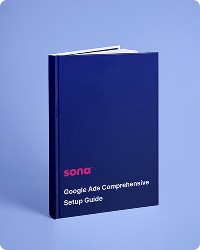
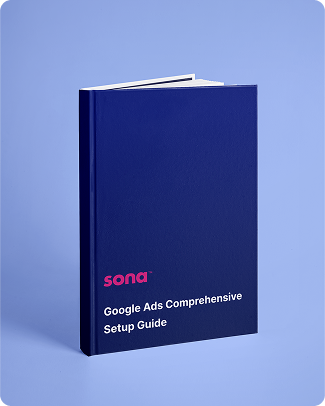

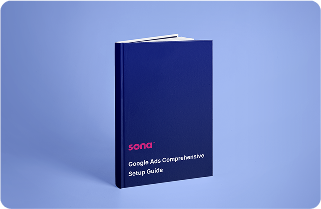
Launch campaigns that generate qualified leads in 30 days or less.
